Let’s have a look at some case studies of companies that are using AI to improve their user experience
Netflix
Netflix uses AI to determine where to put the ‘New Episode’ badge and place subtitles in a video frame.

This is an example if 'New Episodes' badge hiding the title of the show. A text detection algorithm automatically detects and corrects such cases and places text and subtitles correctly.
Airbnb
At any holiday destination, regardless of location, the accommodation prices are generally based on demand vs supply model. For eg., hotel prices rocket high during peak seasons.
Airbnb's ‘Price Tips’, is a tool designed through AI which lets its hosts know what should be the price of your property on a said date. If the hosts have priced their property right, the date on the calendar appears green if not it appears red. With this information, hosts can market their property just at the right price so that renting out is more likely. Price tips use a lot of data like listing type, location, availability etc to calculate the right price for the listing. This makes the process for users much more transparent.
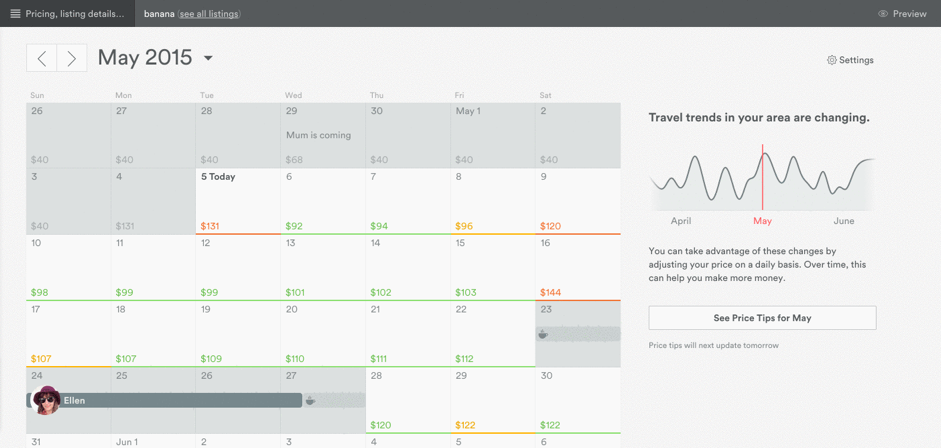
Google’s Autodraw
This one is my favorite. Auto Draw is one of Google’s AI attempts at auto-generated visual elements. This tool auto-completes your drawings and turn them into a more refined variant of what people are normally capable of sketching with a mouse. This is possible because of machine learning: the more people use the tool to draw, the more data AI gathers about what people are attempting to draw. Designers (and non-designers) can enhance the quality and finish of whatever they are trying to create, without wasting too much effort in doing it. Give it a try you will love it.
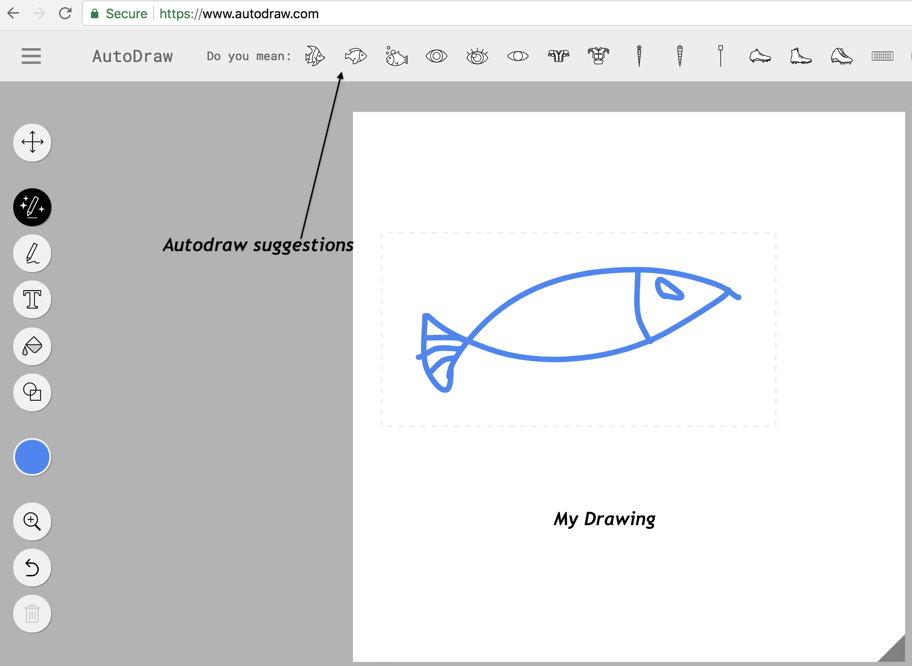
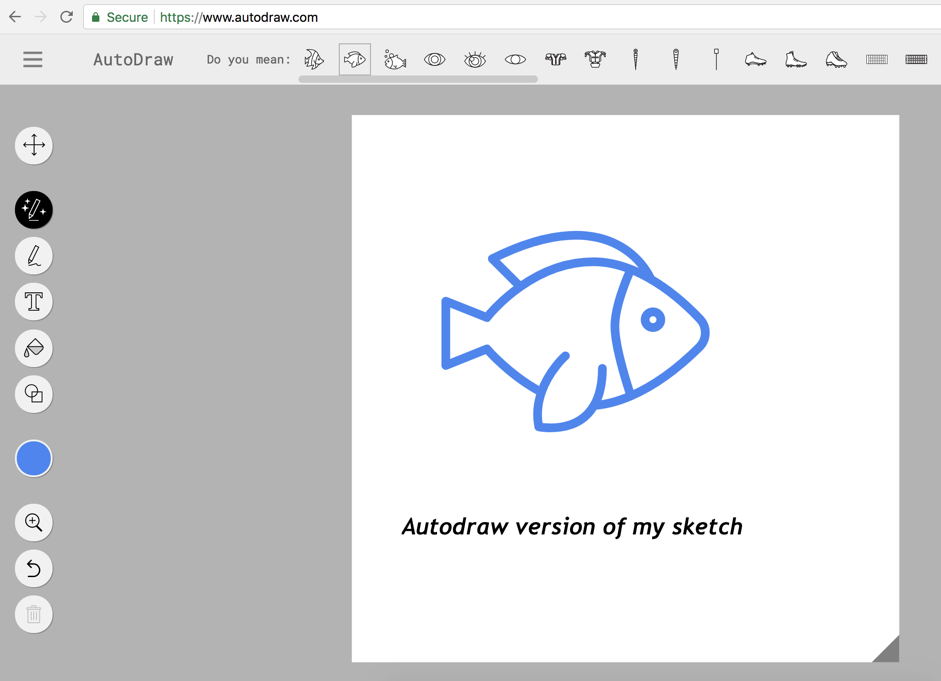
Facebook Facebook uses AI to determine the content of the pictures you upload. Few practical applications of this feature are
1. Facebook can “read” the content of the image for users with visual impairments who browse Facebook using screen reader software
2. Identifying what’s in the photo Facebook can target you with more relevant advertising
3. Auto-tagging of friends in Facebook photos is also possible because of Facebook's face recognition
All these features make the user’s life so much easier

Siri
Apple’s Siri is one of the most successful personal assistant services. It facilitates activities like searching data online, map navigation, making calls, mailing or sending messages, setting reminders, or just loading an app. It is driven by machine learning and it improves assistance to its users by getting familiar with user behavior over time. Users now don’t even have to pick up their phone, simple voice commands will do all their tasks
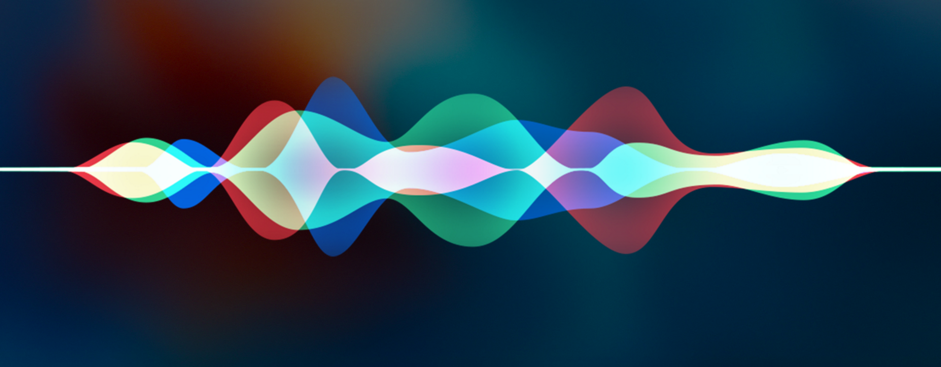
Tesla Autopilot
Tesla is continuing to explore vehicular self-driving capabilities. Tesla has made auto driving cars a reality, Tesla cars can control speed, change lanes and even park without driver assistance. It is an ongoing developing technology which is learning from experience just as humans do. Maybe that day is not far away when full self-driving will be possible. Passengers can just sit back and relax
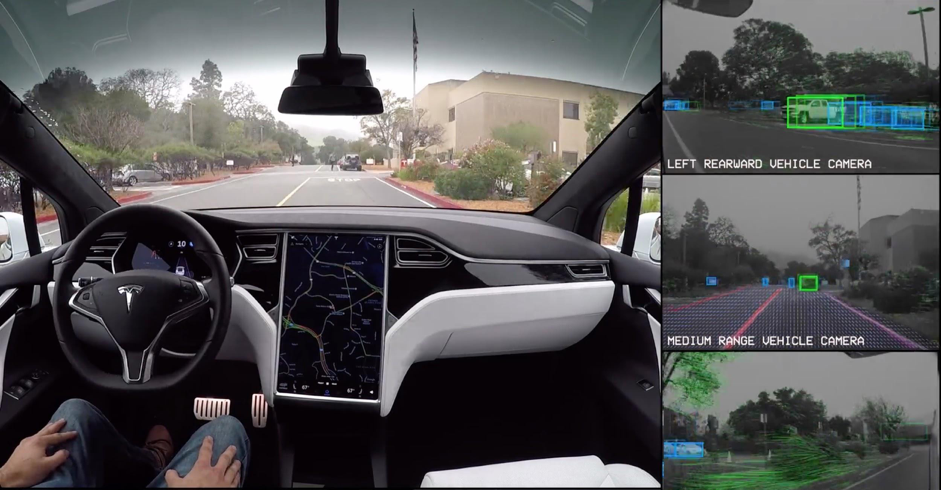
ChatBots
A live chat on your website is a must-have tool these days but employing people for this task is a costly affair instead what websites are doing is employing chatbots, AI chat applications are programmed by natural language processing (NLP) technology that addresses users in a very human-like tone which seems natural and genuine. Earlier talking to chatbots felt more like talking to a robot which was not a very great user experience but AI has made it possible to give it a more human touch.
AliBaba
Alibaba Cloud Image Search is an intelligent image search assistance for its clothing line lets the user find similar or identical items on its website. Powered by machine learning any user on the website can upload an image and find recommendations for matching items. The user does not even have to know the name or brand of that product
Google Clips
Google Clips is an inventive camera designed and intended to capture candid moments of familiar faces of people and pets. It uses fully on-device machine intelligence to learn to simply focus on the people you spend time with. The more you spend time with someone, the more it learns to capture pictures of them. Google Clips is clever enough to recognize good expressions, brightness and framing. So the camera captures wonderful, impromptu images. It gets smarter over time in understanding what makes for a nice and memorable photograph.

Using Artificial Intelligence in Usability Testing
- AI Test Users
AI test users are artificially intelligent test users. The thought of fake users programmed with various personalities is very intriguing but it substitutes a lot of tiresome and tedious user testing hours and you can produce effective and compelling insights on what kind of user experience would best serve your user. Generally, UX designers rely on tools and design principles to create a good user engagement on the websites. Techniques like usability testing, user interviews etc are conducted to get user perspective but AI test users replace all that by the use of tons of actionable data. The more the data the more reliable results can be achieved. Analytics can be used to generate user persona and based on that AI test users can be created. - Personalized UX
Quantitative usability testing allows huge information to be collected about a user or group of users. This information may include data about the device, location, session time and length, user flows and bounce rates, screen recordings, the total number of visitor etc. However, it’s not the data that produces the personalized and useful results, it’s what AI is able to derive about users from that data. Businesses are using AI to build the best UX for a particular user. This is done by collecting as much knowledge about the user and his or her behaviors in order to predict what a particular user might find more compelling and beneficial over other possible scenarios. UX teams use this data collected from AI to tweak design problems and create platforms based on user preferences. - Time Efficient
Software testing is a time-consuming affair. AI-powered automation is a faster way of testing. It would guarantee more fail-safe results as hand-crafted testing does not only require huge human hours but is also sensitive to imprecisions and errors. On the contrary, AI bots-based testing requires less maintenance and are capable of discovering new trails through the product on their own. AI-based testing could also recognize the ‘missing requirement’ from the Requirements document, based on bug-requirement maps.
Conclusion
Artificial intelligence is growing across all kinds of devices, and channels. AI already constitutes a huge part of our daily activities and this is only going to expand with time. AI systems have the capability to examine huge amounts of data and also learn and correct their behavior in real-time. The beauty of AI is each time you feed new data the system improvises itself using AI technology to enhance the user experience.

Nidhi Rai, UXaudit.io
I am a QA by profession with 5 years of experience on various automation technologies. I am highly passionate about experience design as an emerging field and an enthusiast to spread the importance of usability and usability testing. When I am not working I am mostly reading, writing, or traveling. I am from India but currently staying in the United States.
Follow me on twitter
You would love reading these similar stories
The complete guide to conduct usability testing
In this world where consumer is the king, usability and user experience has become the topmost priority of of the businesses across...
7 steps to become a design led organization
There are companies like Apple, Starbucks, Walt Disney Sony and many more that have grown in market by giving a great UX
Getting the WOW factor in UX design
How to give your management team the wow factor they are seeking for. How to give your management team the wow factor they are seeking for.

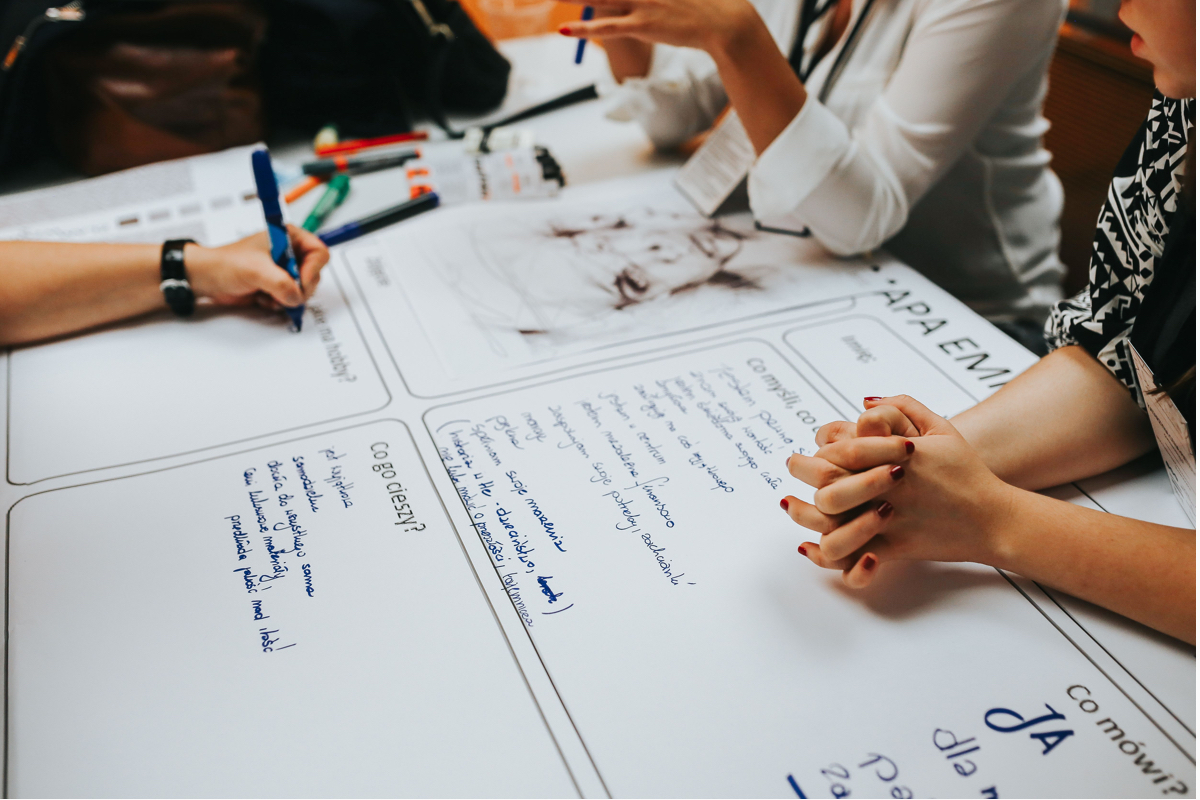
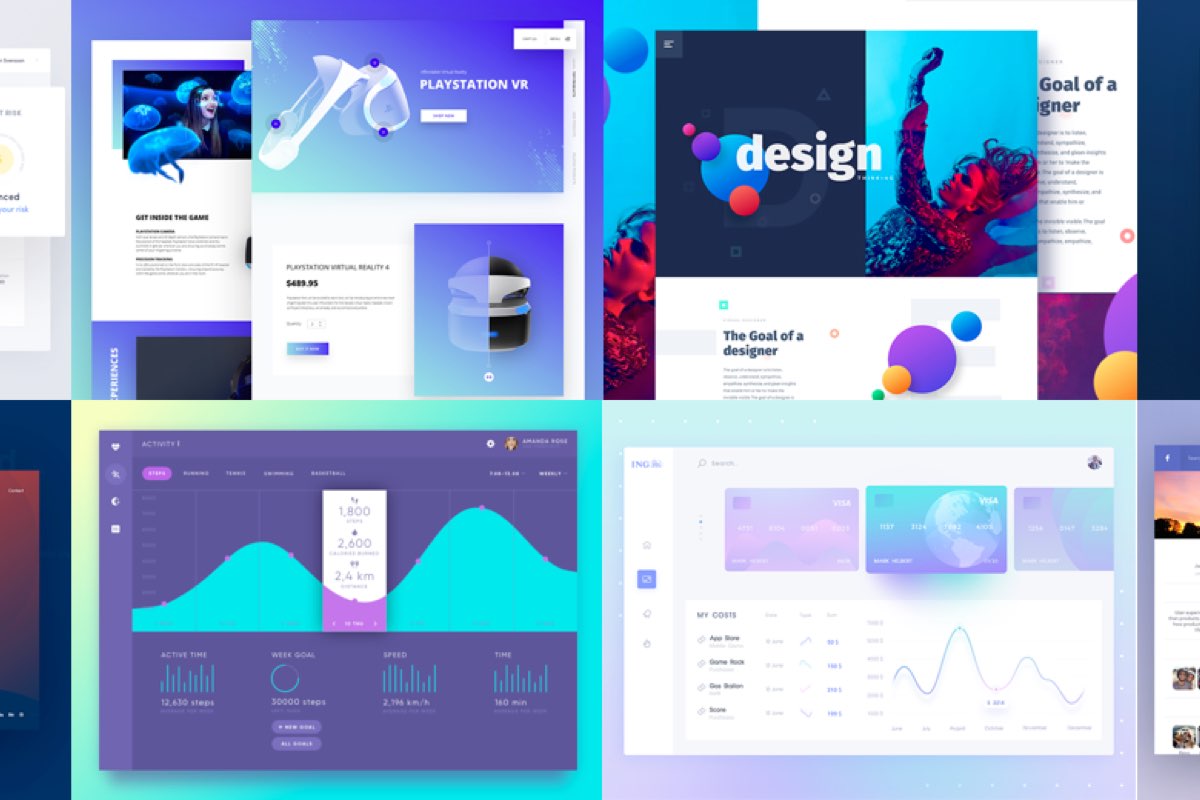
FACEBOOK COMMENTS WILL BE SHOWN ONLY WHEN YOUR SITE IS ONLINE